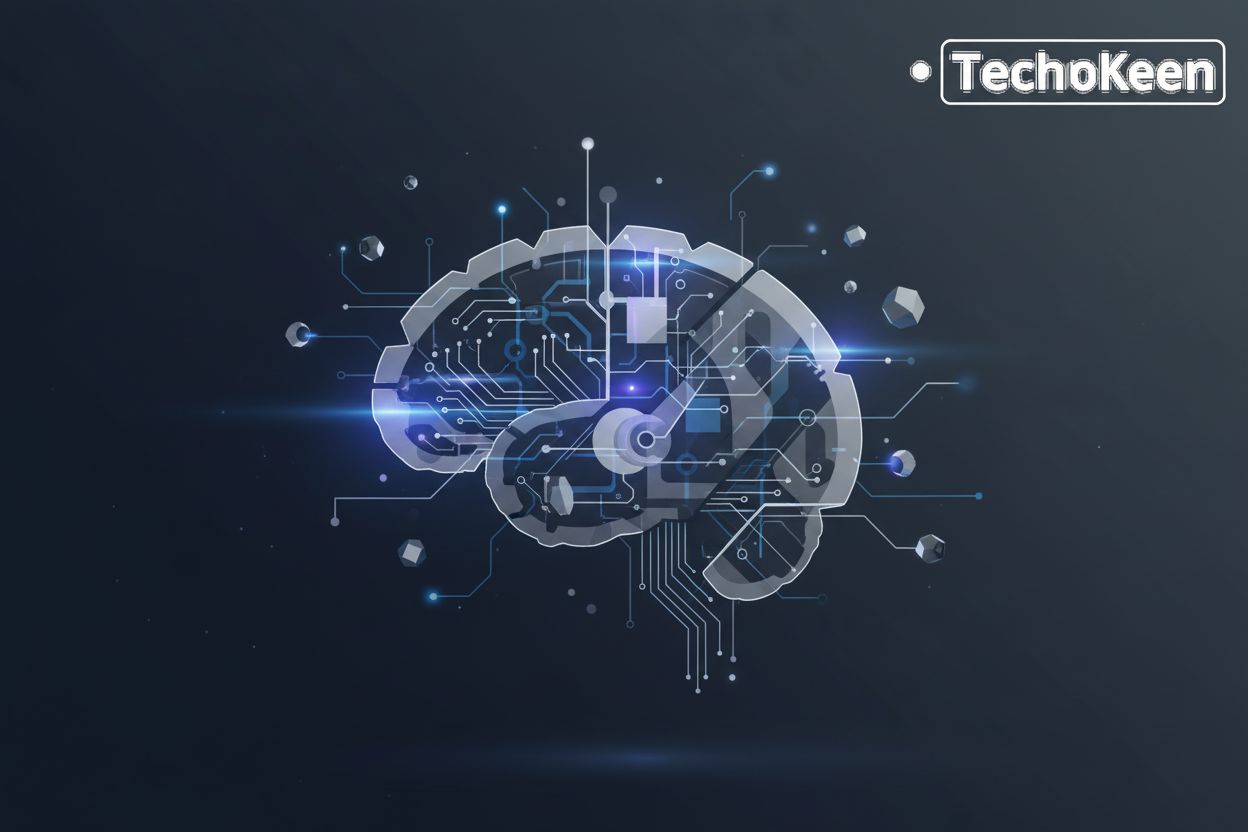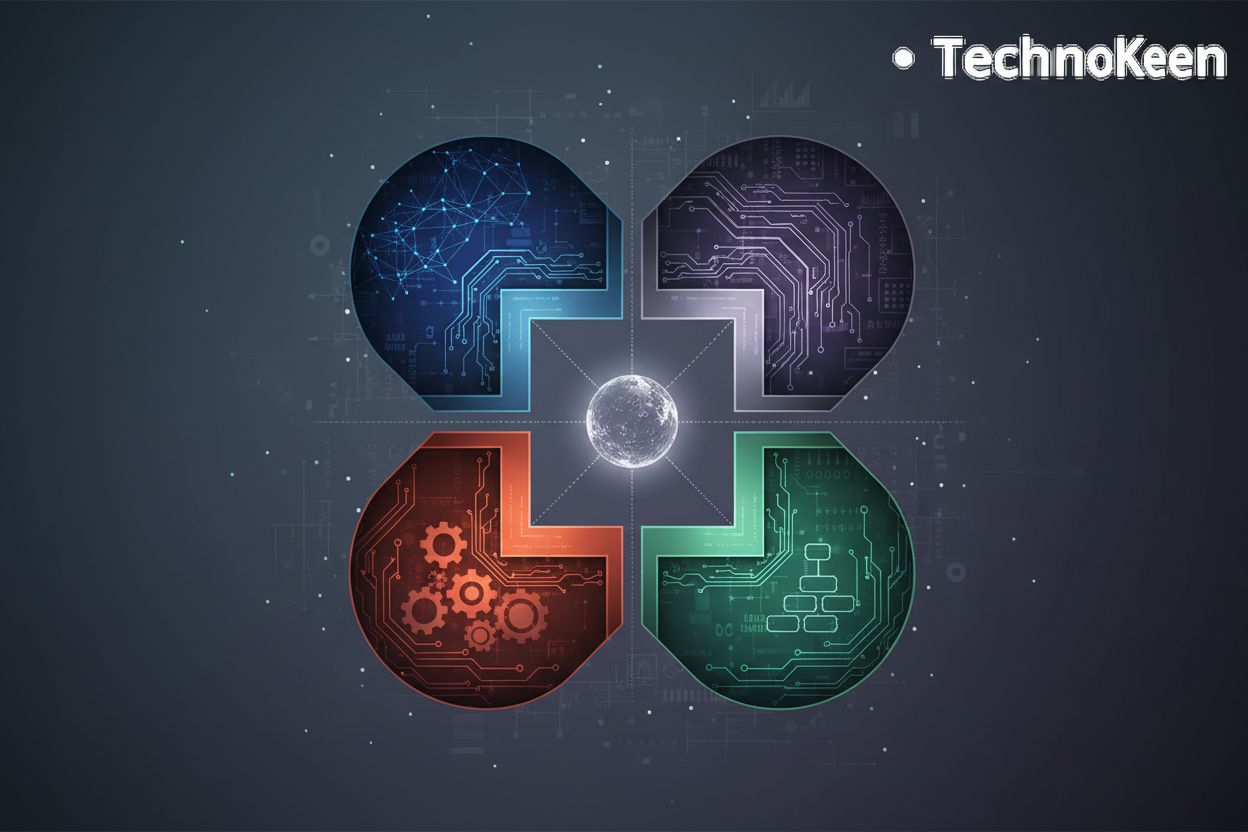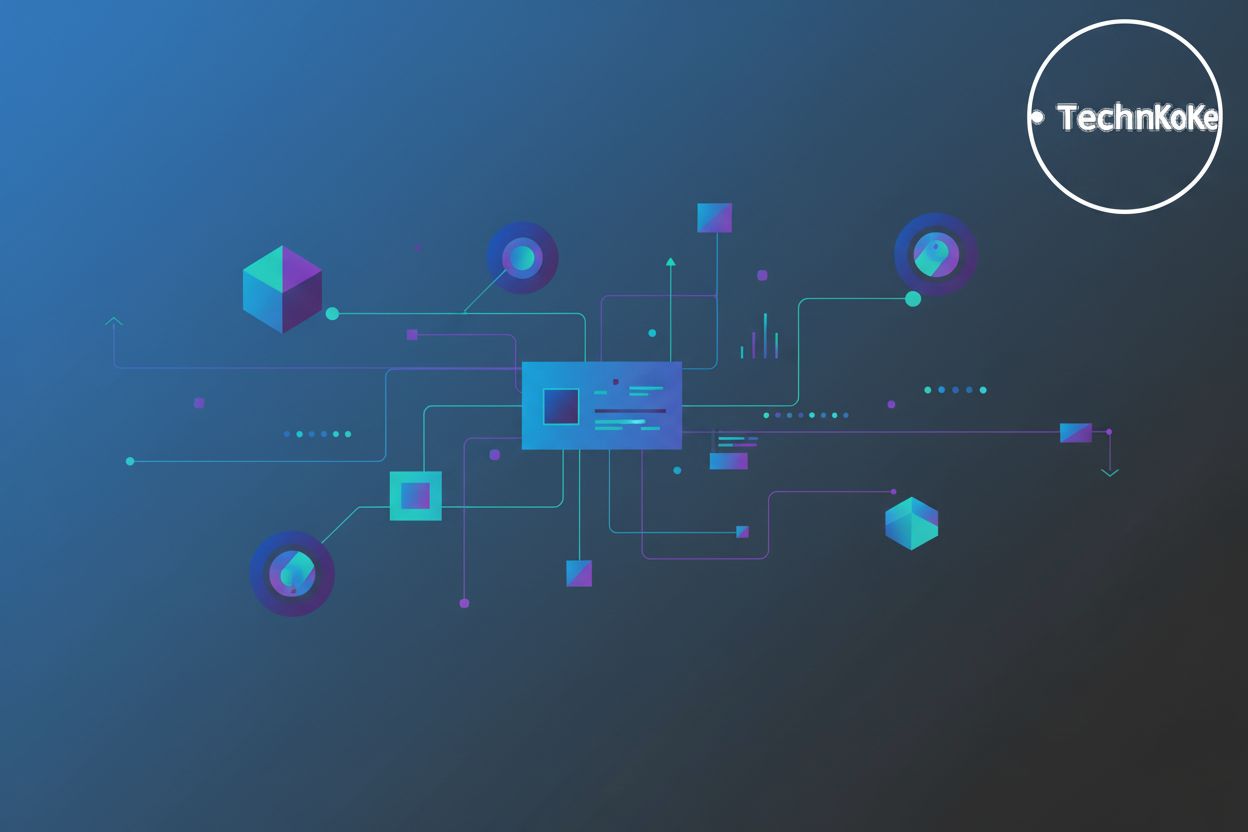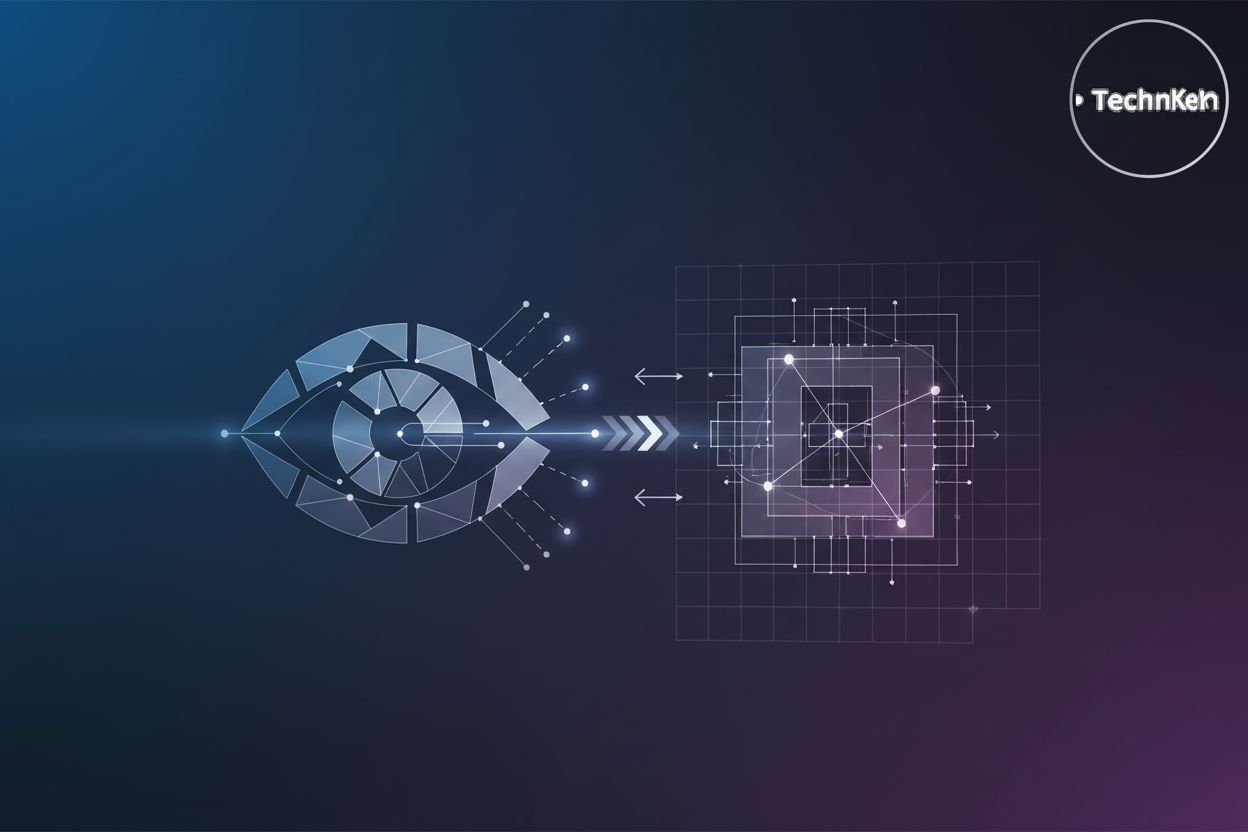Cognitive Agent Architectures: Transforming AI Development
TL;DR
Understanding Cognitive Agent Architectures
Okay, let's dive into cognitive agent architectures. It's kinda wild how far ai has come, ain't it?
These architectures are basically trying to get computers to think more like us humans. Not just crunch numbers, but actually reason, learn, and adapt to new situations.
Think of cognitive agents as digital brains. They're not just running code; they're processing info, making decisions, and interacting with the world, kinda like we do every day.
These architectures are frameworks for building ai systems. They're not just lines of code. They're blueprints that enable ai to process information and make decisions.
They're capable of reasoning, learning, and adapting. Like our brains, cognitive agent architectures weave together multiple intelligent components to create thinking systems.
Imagine a retail scenario, where a cognitive agent can analyze customer behavior, predict their needs, and personalize their shopping experience in real-time. Or in healthcare, where they can assist doctors in diagnosing diseases by analyzing medical images and patient data.
According to SmythOS - a site for agent development - breakthroughs are pushing the boundaries of what artificial minds can achieve. Recent advancements allow them to integrate advanced reasoning, dynamic planning, and sophisticated tool integration.
As research published on arXiv notes, modern cognitive architectures can now incorporate advanced reasoning capabilities, dynamic planning systems, and sophisticated tool integration.
These theoretical frameworks lay the groundwork for building sophisticated ai systems that can tackle real-world problems. The next section will explore how these architectures are put into practice.
Key Cognitive Architectures
Alright, let's get into some actual cognitive architectures. It's not all just theory, ya' know?
First up, is act-r (Adaptive Control of Thought-Rational). It's kinda like a blueprint of the mind, you know? It's got a bunch of specialized modules that handle different mental tasks, from seeing to remembering.
- Think of it like a mental workspace, with different departments handling different jobs. Each module talks to the others through buffers – kinda like inter-office memos.
- It uses production rules (if-then statements) to figure out how to act. For example, if you see a red light, THEN you hit the brakes. Simple as that.
- It's been used to model a whole range of stuff, like how people learn, how they solve problems, and even how they drive.
Then there's Soar (State, Operator, and Result) - its focused on problem-solving and learning. It uses "problem spaces" to figure out all the different states of knowledge a person can be in.
- It's all about breaking down big tasks into smaller, more manageable subgoals. Like, if you're trying to write a report, you might break it down into researching, outlining, writing, and editing.
- Soar uses production rules too, but it's more about learning new, better rules over time.
- It's been used in simulations to train ai to handle complex tasks.
And last but not least, Clarion (Connectionist Learning with Adaptive Rule Induction Online). This architecture is a hybrid, mixing together the best of both worlds: symbolic and neural.
- It's got both implicit processes (like gut feelings) and explicit processes (like logical thinking), working together. Like when you're driving a car, you're using both your automatic reflexes and your conscious awareness of the road. Clarion integrates these by having a symbolic level for explicit reasoning and a sub-symbolic (neural) level for implicit learning and pattern recognition, allowing them to influence each other.
- Clarion can model a whole lot of different cognitive phenomena, such as skill acquisition, decision-making under uncertainty, and even the development of biases. For instance, it could model how a person learns to ride a bike, with initial conscious effort (explicit) gradually becoming more automatic and intuitive (implicit).
These architectures, with their distinct approaches to modeling cognition, provide the foundation for the practical applications we see today.
Practical Applications Across Industries
Alright, let's get real about where these cognitive agent architectures are actually being used. It's not just theory, folks – this stuff is hitting the streets.
- Autonomous vehicles are a prime example. Cognitive architectures are what lets them make split-second decisions in crazy traffic, like processing data from sensors, figuring out what's happening, and steering clear of trouble.
- AI assistants are getting smarter, thanks to these architectures. They're not just responding to keywords; they're trying to understand the context of what you're saying and adapt their answers based on your reactions.
But it's not just cars and chatbots. Consider the potential in industrial automation. Imagine robots that understand human intent and can safely work alongside you in a factory or warehouse. It’s more than just pre-programmed movements. It’s about robots adapting to changes on the fly.
- Now, let's not forget search and rescue. Drones powered by these architectures could navigate tricky environments, identify victims, and coordinate with rescue teams, even when things get unpredictable.
It's interesting to think about potential ethical concerns, too. We need to make sure this stuff is being used responsibly; it's not just about making things smarter, it's about making them better.
So, what's next? Well, in the next section, we will talk about the role of SmythOS in advancing cognitive architectures.
Future Trends and Challenges
Cognitive agent architectures are about to get a whole lot more interesting! It's not just about making things smarter, but also more intuitive.
Multi-agent systems are gaining traction, and it isn't hard to see why. Imagine a bunch of agents collaborating, each bringing something unique to the table. For example, in a disaster response scenario, one agent might be tasked with mapping the area, another with identifying survivors, and a third with coordinating resource allocation.
- Problem-solving is amplified beyond what a single agent can do, kinda like a super-powered team.
- Collaborative learning allows agents to share knowledge, creating a collective brain.
- This leads to robust and adaptable solutions, because who wants brittle ai?
But, you know, making things bigger is always a challenge.
- Larger datasets and complex operations need to be handled without crashing the system.
- Advanced orchestration logic is the only way to scale operations smoothly.
- Plus, efficient resource management is crucial, especially if we're talking cloud environments.
And what about emotions? I know, sounds crazy, but it's the future.
- Context-specific responses and emotional understanding are going to be key. This could involve analyzing sentiment in text, recognizing facial expressions, or even interpreting vocal tone. The challenge lies in accurately interpreting and responding to the nuances of human emotion.
- Nuanced interactions mean more effective user experiences.
- But with all this power, comes responsibility: fairness, transparency, and accountability are non-negotiable.
So, cognitive agent architectures are poised to change things up, but it means keeping an eye on ethics and efficiency.




